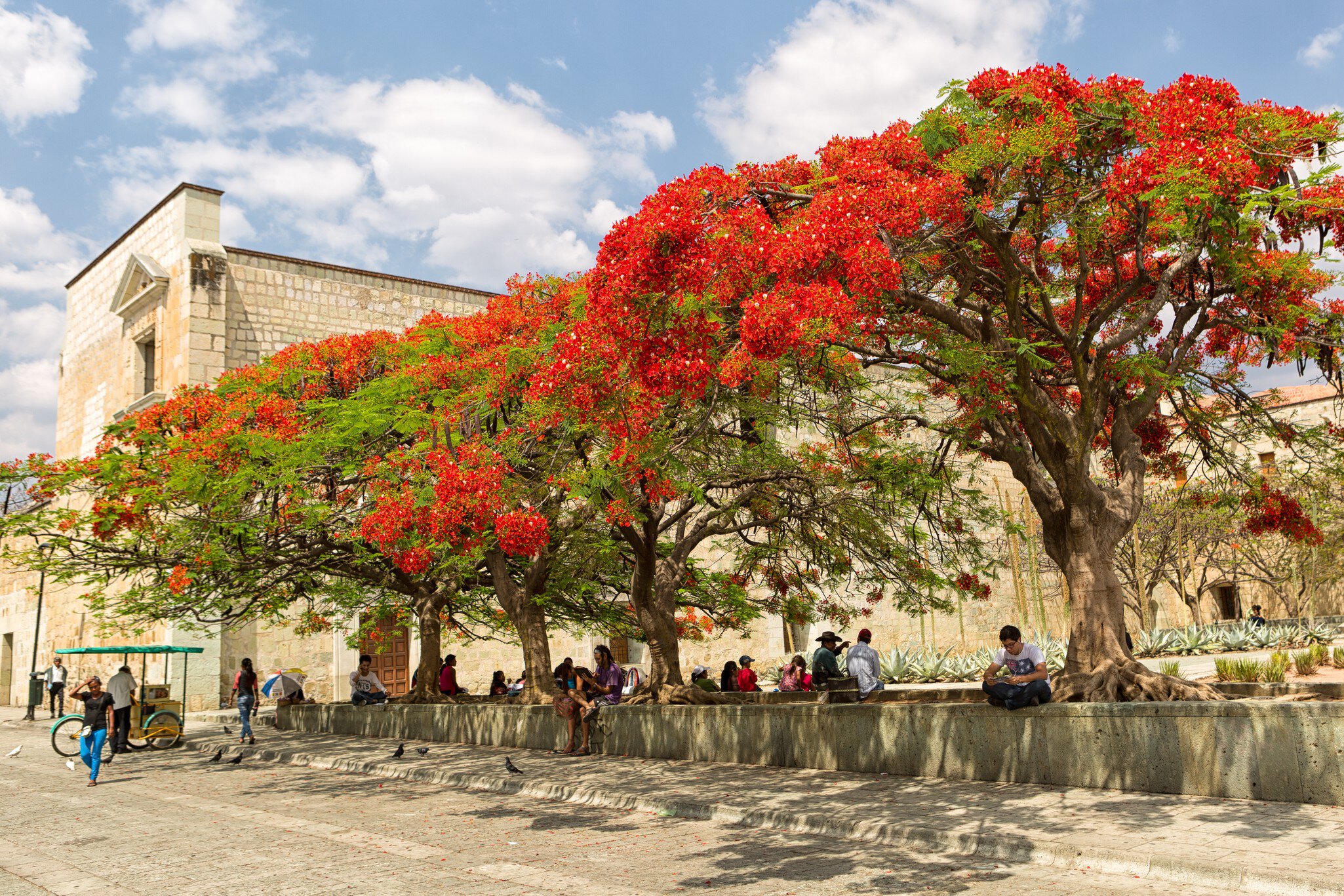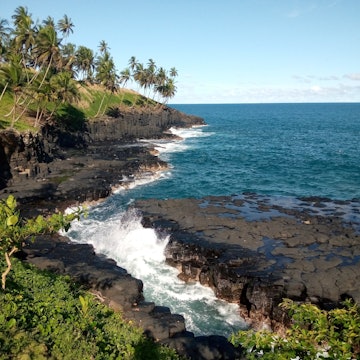
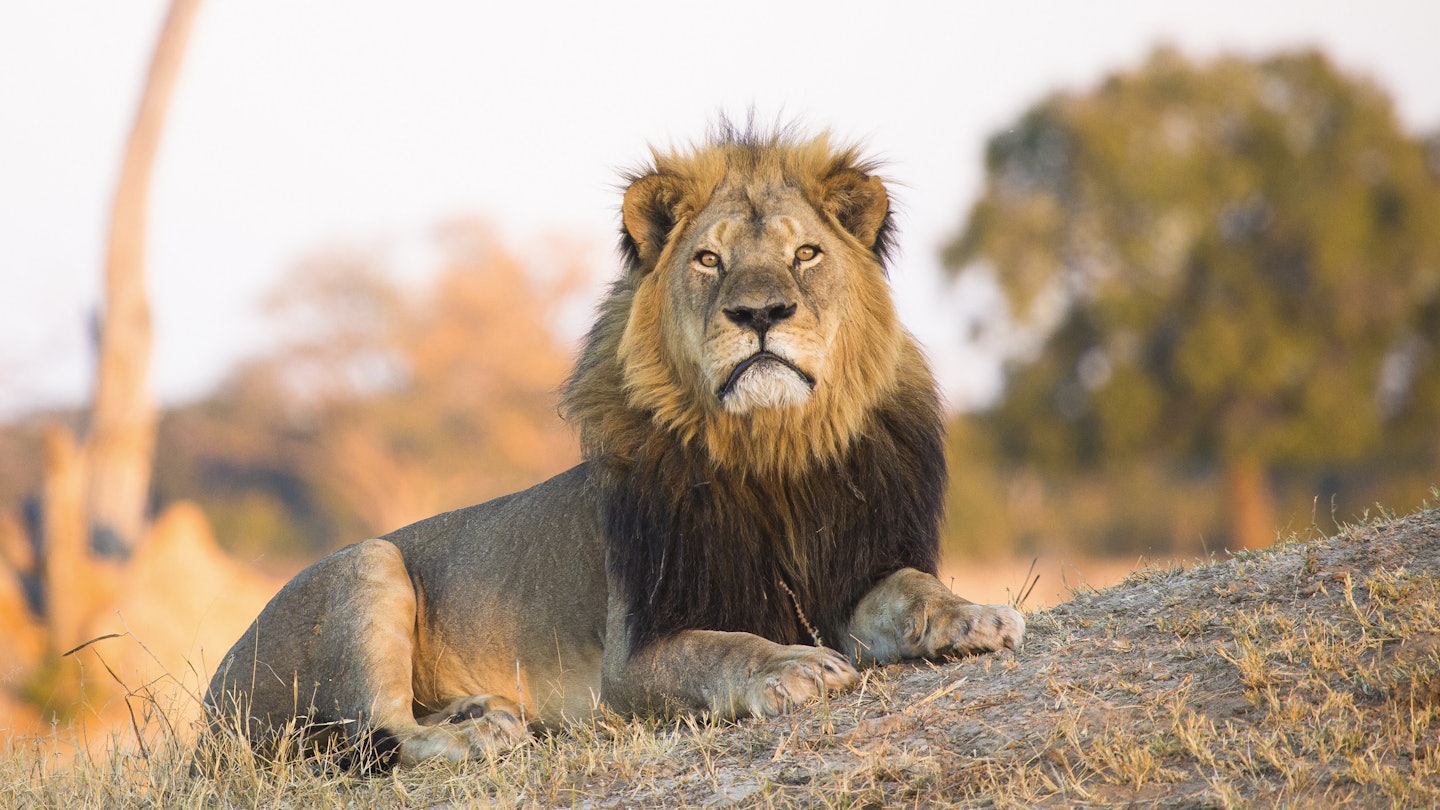
Cecil, a legendary lion in his own lifetime (and beyond) © Villiers Steyn / Getty Images
Remember Cecil the lion? Hunted in Zimbabwe with a bow and arrow by Minnesota dentist Walter Palmer in July 2015, Cecil could just be the most famous lion ever to walk the plains of Africa. Celebrities from Leonardo DiCaprio to Jimmy Kimmel, Ellen De Generes and Ricky Gervais took Cecil’s name to millions on social media, and petitions demanding action against hunting received more than a million signatures.

The lions of Hwange
Although Cecil's demise cast a long shadow over Hwange National Park, in Zimbabwe’s west, the park is still one of Africa’s best places to see lions. An estimated 500 lions, possibly as many as 700, roam the Hwange ecosystem. And it’s not just that there are a lot of them: Hwange makes up the eastern limit of the Kavango Zambezi Transfrontier Conservation Area (KAZA), a vast network of 36 protected areas (in Zimbabwe, Zambia, Botswana, Namibia and all the way to Angola) that links Southern Africa’s most important lion populations.
Safari animals: the story of lions (and the best places to see them)
The safari guides of Hwange National Park still remember Cecil with great fondness and tell stories of his antics. Of how he once surprised a camp attendant walking between tents in the early morning at Linkwasha Camp – when Cecil loomed before him, the attendant fainted, leaving a bewildered Cecil unsure of what to do next. Or how he turned our notions of lion society on their head when he teamed up with his once-sworn enemy Jericho to rule one of the prime lion habitats of the park.
And Cecil’s legacy lives on. Against all the odds after Cecil was hunted, members of his family survived, and many continue to inhabit the most popular tourist areas of the park.

Cecil's progeny
Hwange’s main safari areas sit close to the eastern border of the park. Main Camp, home to the park headquarters as well as campsites frequented by honey badgers, and simple chalets, sits at the northern end of a series of pans, waterholes and open areas shadowed by light woodlands. From Makwe in the north, down through the Kennedy vleis (low, open valleys) to Ngweshla, lions are commonly seen.
Where you should go on your first safari in Africa
And it’s at Ngweshla that you’re most likely to encounter a formidable sisterhood of four lionesses with anywhere up to eight cubs. These adult females, lithe beauties all, are Cecil’s daughters, and the cubs are his grandchildren. If you’re really lucky, you’ll encounter the pride males, Humba and Netsayi, the heirs of Cecil and his sidekick Jericho. It would be difficult to imagine two more beautiful lions than Humba and Netsayi, extravagantly maned and at ease around vehicles.
Here in the publicly accessible areas of the park, the lions of this pride are fast becoming celebrities in their own right, if not to rival Cecil then to at least carry on his tradition.
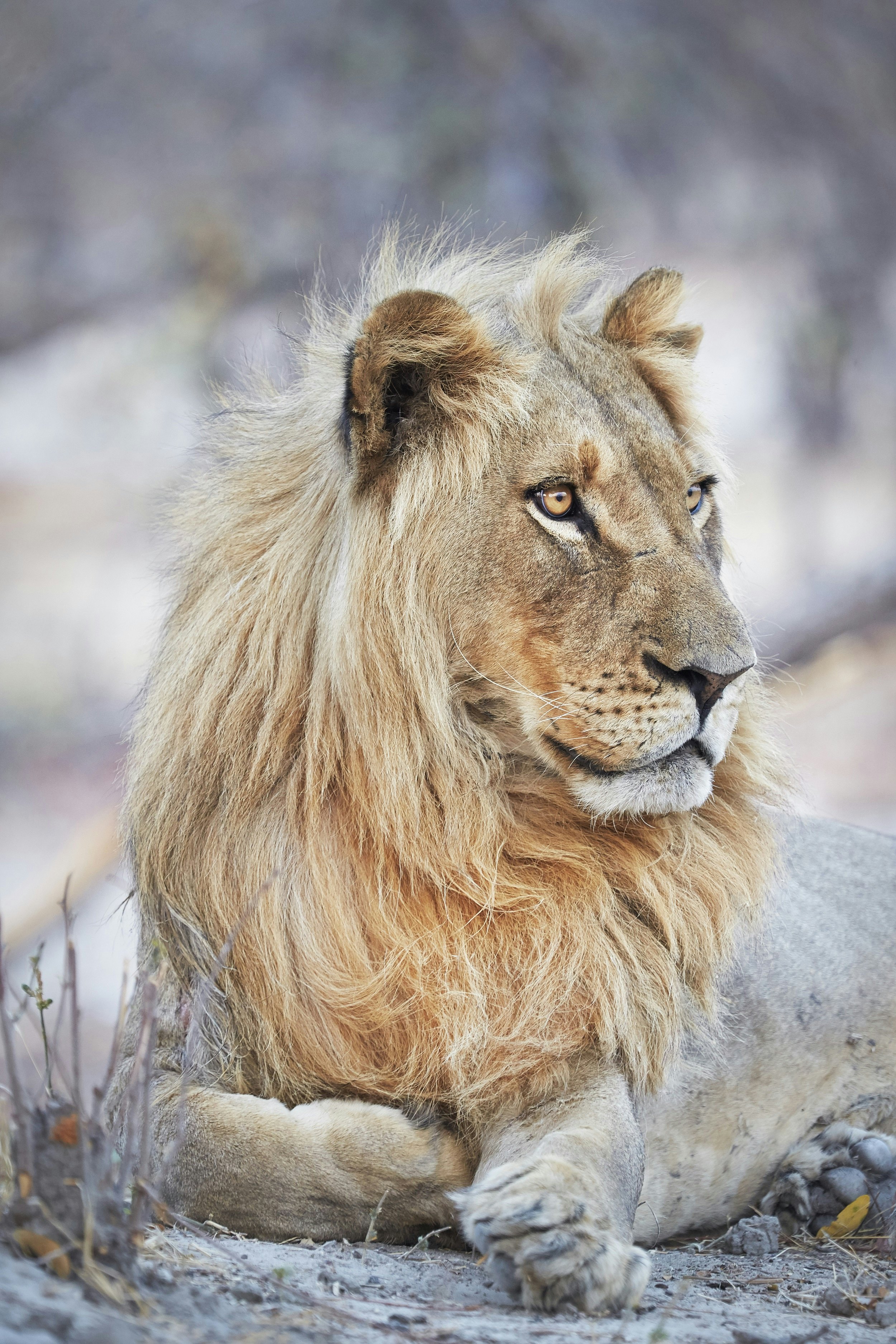
Away to the east lie the private concessions, part of the national park, but accessible only to those staying at the luxurious tented camps run by Wilderness Safaris. Perhaps aware of their wide-ranging appeal, Humba and Netsayi routinely stray into the concession, there to commune with more of Cecil’s large family – his three former ‘wives’, his partners at the time of his death and known as the Spice Girls; one of his sons, who hangs out with the Spice Girls; and four of Cecil's grandchildren, out on their own. The guides know the stories and usually know where to find them.
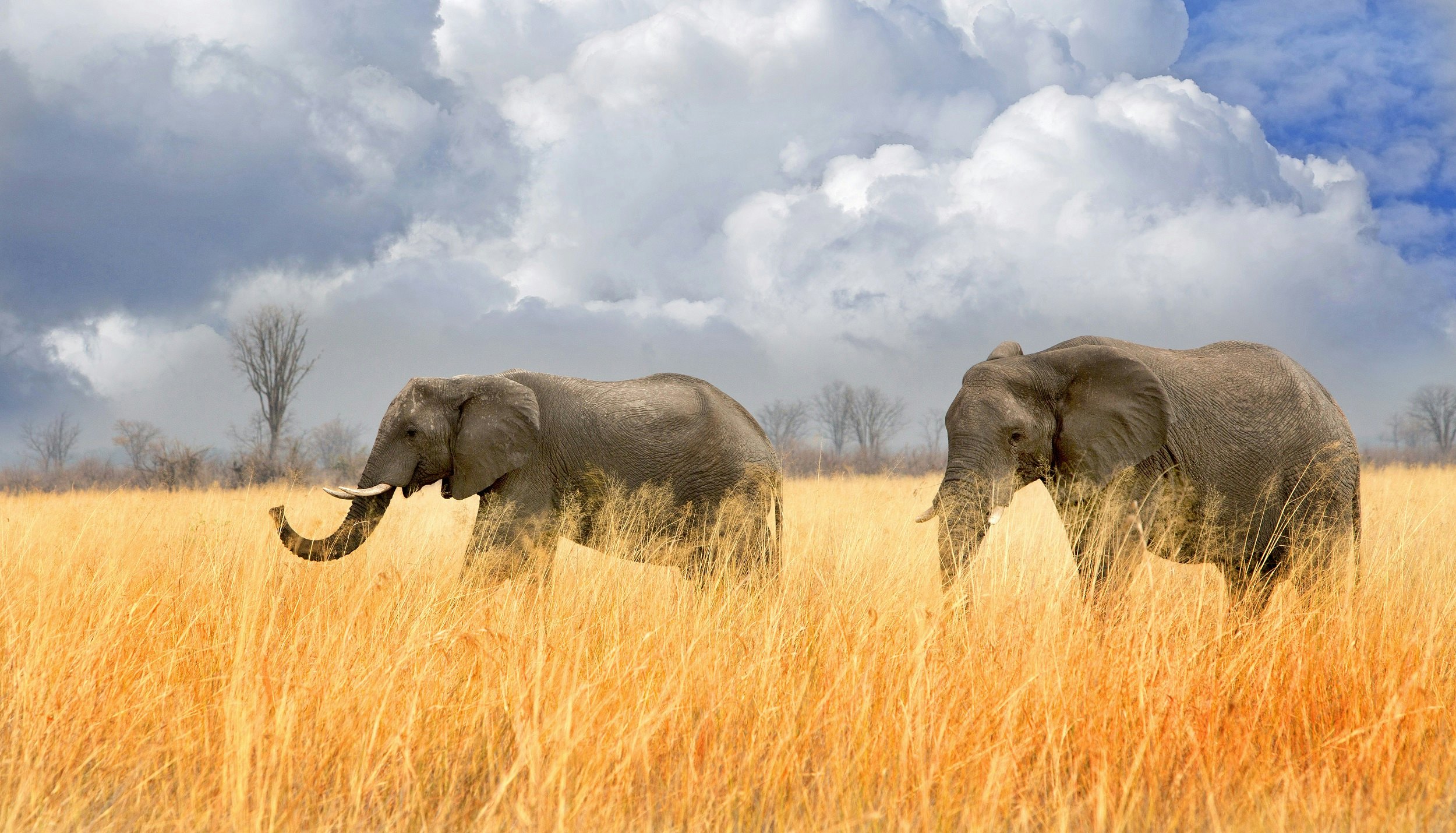
Elephant hunting
If the Cecil soap opera is not to your liking, the park’s northwestern corner has far fewer tourists and just as many lions. A growing number of luxury camps, and the recently overhauled Robins Camp, provide ever-improving infrastructure to this area, which is accessible from the Zimbabwe-Botswana border post at Padamatenga. There is no more beautiful vantage point in Hwange National Park, than the elevated hide at Big Tom’s close to sunset.
But for every lion in Hwange, there are an estimated 100 elephants – a staggering 53,000 at last count. From Big Tom’s in the west to Ngweshla in the east, elephant sightings are not so much guaranteed as prolific, and the park’s policy of ensuring year-round water at the waterholes across the park’s north draws elephants in extraordinary numbers.
Safari animals: the story of elephants (and the best places to see them)
When lions and elephants inhabit the same space, epic encounters are always possible. Hwange is one of few places in Africa where it’s possible to see lions preying on elephants – the largest difference in weight between predator and prey known to science. Elephants can reach 7000kg. A male lion rarely weighs more than 250kg.
For much of the year, the elephants are safe. Water and food are plentiful across Hwange, and elephants are strong, capable of fighting off upstart lions and protecting their young. But as the dry season wears on, in October, but sometimes as early as September, the herds start to weaken as many waterholes in the park’s south dry up, and elephant families are forced to march long distances. Many lose condition, baby elephants find it difficult to keep up, and some simply die from exhaustion.
A day on safari in Africa: what you can expect in camp and in the wild
Very few lion prides have learned to bring down elephants. One super pride in Savuti back in the 1980s were elephant specialists. But Hwange remains the only place where it is not unusual to find lions feeding on elephant carcasses in October. Seeing an actual hunt is rare but lone youngsters are most often the targets – lions will rarely attack an elephant when the rest of the herd is present because older elephants will come to the victim’s defence. Far more common, and less confronting, are those elephants that die of exhaustion, unable to go any further.
When that happens, the park authorities remove the tusks to discourage poaching, while vultures watch and wait from nearby perches for the lions and hyenas to come and to feed.

Hwange's other safari stars and Cecil's legacy
Lions and elephants may provide most of the drama, but Hwange’s portfolio extends much further. Leopards and cheetahs are present in numbers although difficult to see. Large herds of buffalo are a common sight in the dry season. African wild dogs are present, if elusive. And some unusual antelope species – sable, roan, gemsbok – all frequent the park’s eastern tourist hub.
But the questions on everyone’s lips when they arrive in Hwange continue to swirl around Cecil. Where did he live? What sort of lion was he really? And do any of his descendants survive?
The 'Place of Elephants': why Gonarezhou National Park is Zimbabwe's rising star
He may no longer be with us, but his bloodline and legacy lives on, a legacy of strong, beautiful lions fighting dramatic battles for survival. And for all the fame and notoriety that Cecil brought to Hwange, the park remains far quieter than even far-less-famous parks across East Africa and Southern Africa. Quiet enough on most nights to hear lions fill the night with their roars.
You might also like:
The best things to do in Victoria Falls, Zimbabwe
Are you ready for a self-drive safari in Africa?
Safari animals: the story of rhinos (and the best places to see them)
Tanzania: an epic safari following the Serengeti's migration



